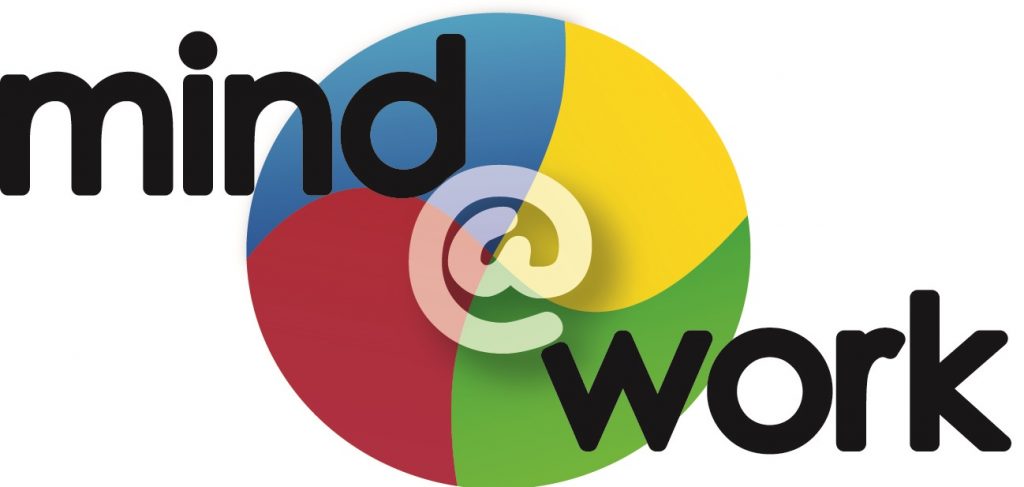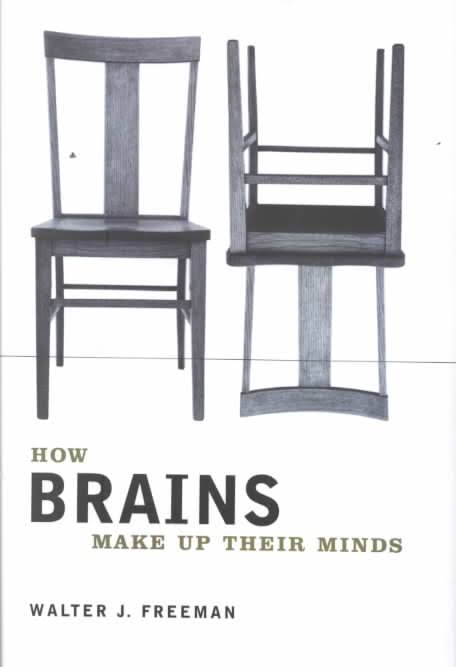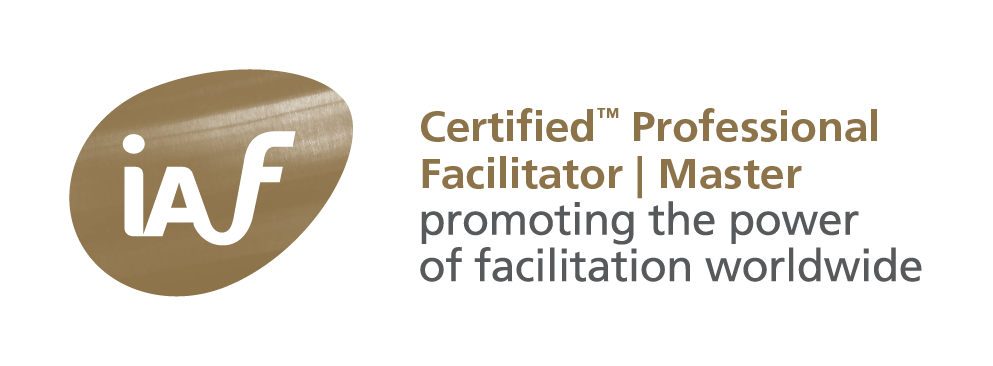
I used a naming technique to find a name for our company and came up with “mind@work”. Only years later, I realized, that that’s exactly the point of facilitating groups.
Currently, much of our behaviour is being attributed to the brain. I’ve never believed in it. Which is, by the way, no reason for not working with these concepts. As long as they’re “good enough”. Gradually also brain scientists come to the conclusion, that we’ve reached “the end of the metaphor-in-use”. Thinking is inherently metaphorical .
I rather follow Bennett and Hacker, Philosophical Foundations of Neuroscience. And Freeman – “How Brains Make up Their Minds”.

How does the mind work? You’ll never can tell. We cannot trace a given experience to its origin in a unique fashion. Also, we cannot step outside the domain of our body and nervous system. (quoting Francisco Varela, The Creative Circle, here). If we also had to trace thought to its origin – or build and maintain these traces – we would never finish a sentence. (You might know, that I’ve been called the King of sentences within parenthesis by the editor of my book).
We continuously create objective and subjective “reality”. But not at a whim or at will, or as a fantasy. We’ve taught ourselves to keep the difference between the two as small as possible. It does explain, why we tend to build houses, streets and towns. At least, when awake.
We think we think with our brain, and thinking is a whole body experience (aka “embodied mind“). I’ve studied Biophysics in the late 70’s and then concluded, that a brain (including ears and eyes) operates as self-adapting (networks of) pattern recognition filters.
Brains seem to “apply” Baysian logic to reduce differences between expectations and perceived reality to an acceptable level (you can see the problem there: real reality doesn’t care about our perceptions. This is what we call “surprises” or “bad luck”).
The behaviours of individual neurons let me to conclude that they apply a kind of three-valued logic (rest – excitation – inhibition), where inhibiting plays the main role. This makes more sense then the on/off, 1/0, yes/no computer logic.
Also, in using language we’ve invented meta-metaphors. Our perception is metaphorical in nature (there is no retinal image conveyed to the brain neurons) and these – tacit, implicit – metaphors the networks “translate” (another word for metaphor) into language – a major evolutionary breakthrough we’re still getting used to.
“ (the creator of language) designates the relations of things to men. For expressing these relations he lays hold of the boldest metaphors. To begin with, a nerve stimulus is transferred into an image: first metaphor.The image, in turn, is imitated in a sound: second metaphor. And each time there is a complete leap from one sphere, right into the middle of an entirely new and different one.”
Friedrich Nietzsche, On Truth and Lying in an Extra-Moral Sense
The current structure (grammar) of language is based on an command-and-control structure – which makes sense from an evolutionary standpoint -, but remains inadequate for use in the current complex societies we ourselves created. It takes about 3 generations to shift to another grammar. So, no hurries.
Suggestions for facilitating
You don’t know. Always better to state that. We differ in what we know; we’re equal in the vastness of what we don’t know. Or, to quote Josh Billings I honestly beleave it iz better tew know nothing than two know what ain’t so.
In case of doubt: touch something concrete, like a wall, a desk, table. If that’s not possible – you’re alone a stage -, put your feet firmly on the ground and keep your shoulders right above them. Relax. (People “read” your “body language”).
Use “Clean Language“, invented – or discovered – by David Grove. Just reflect back to the client or participant the words and metaphor they’ve been using. With “clean” we refer to your intentions: don’t add anything from your perspective.
The learning is in the resistance. Whenever differences between “perceived” and “actual” reality crosses a threshold – it differs from one to another person, and also from situation to situation -, attention gets triggered. One part of the brain – as the saying goes -, wants safety; another part will be curious. This create “resistance to change”. And that’s were the learning happens. So again, relax, take your time. Move towards the resistance, asking questions like “who recognizes/feels/notices this too?” (and if nobody does, you do).




